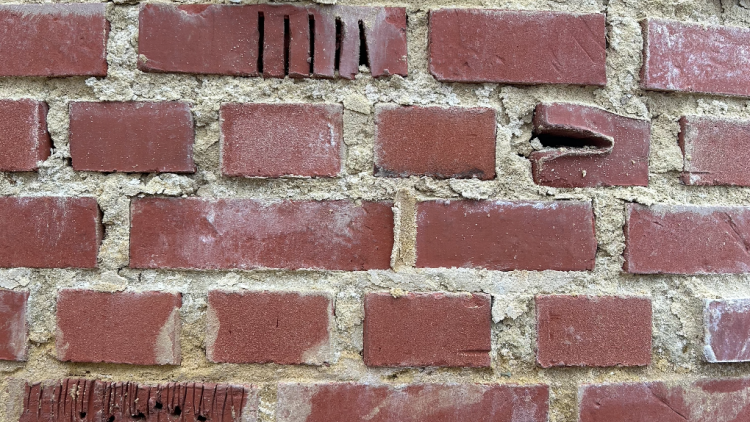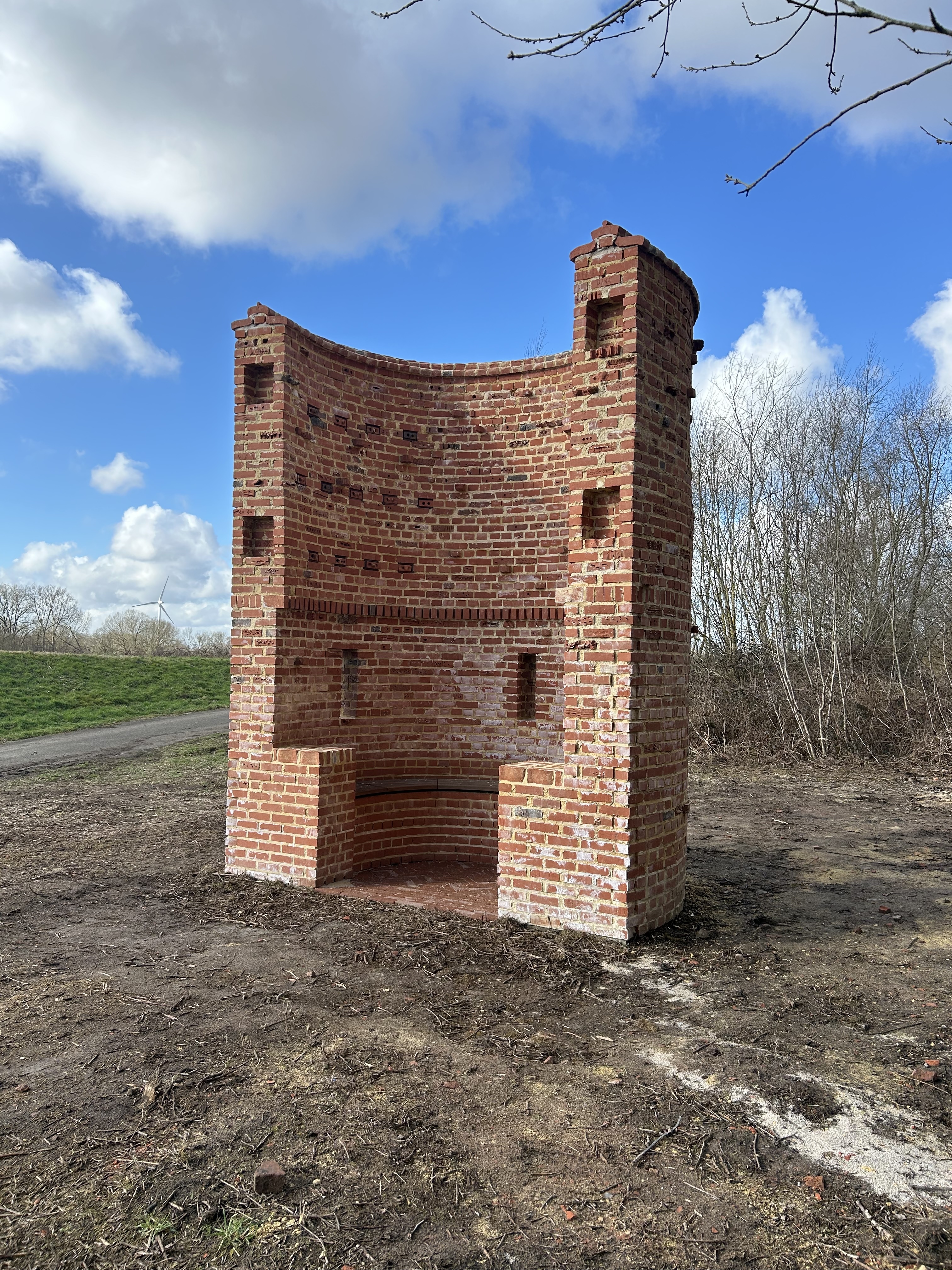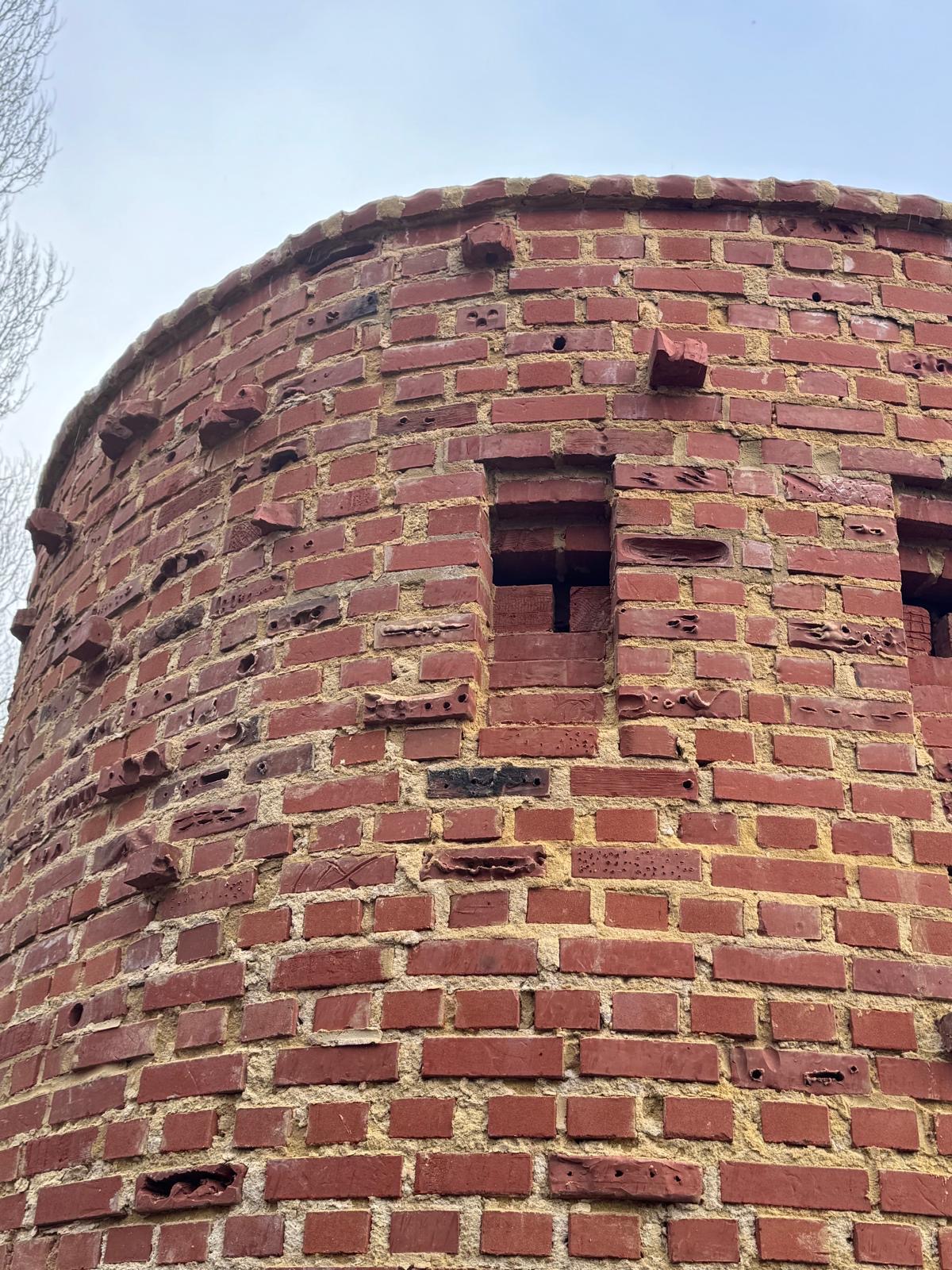Habitat: Reclaiming the Landscape Through Participatory Art

Michael Beutler’s ecological sculpture marks a turning point in Boom’s industrial legacy
In the Belgian village of Boom, once sustained by its prosperous brick industry, the landscape bears deep scars from decades of clay mining and industrial waste. Today, that same land is undergoing a major transformation into a protected nature reserve. To mark this shift and reflect on the area’s complex past, German artist Michael Beutler created Habitat, a participatory artwork that bridges history, ecology, and community.
Habitat is a large, hollow brick structure located at the entrance of the new reserve. Echoing the industrial chimneys of Boom’s past, the sculpture is built from both local clay and reclaimed bricks. But it also serves a new purpose: providing a habitat for native birds, bats, and insects. Beutler incorporated specially designed bricks with holes, crevices, and other openings, allowing these animals to nest inside. The work also provides a resting place for human visitors, inviting them to walk through the space and engage with its layered meanings.


The artwork emerged from a collaborative process involving local stakeholders, artists, and environmental mediators. More than a monument, Habitat is a living testimony to Boom’s resilience and a symbol of ecological renewal. It stands as both a critique of the environmental damage caused by industry and a hopeful marker of a sustainable future—one where art, nature, and community intersect.
